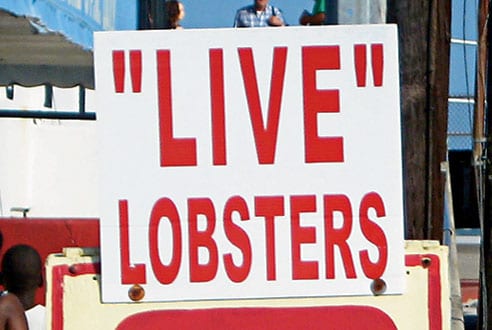Writers will often use scare quotes around a word or phrase to indicate that they don’t entirely buy into the context within it is being used.
For example, a writer may write:
Yesterday I was chased by my neighbor’s “dog”: a poodle.
Here, the writer is letting the reader know that he doesn’t think of poodles as constituting proper dogs and is basically making fun of the breed. Through using quotes on either side of the word dog he is implying that while his neighbors may call it a dog, it is not the term that he would use. There is almost certainly a hint of sarcasm in the tone of his writing.
These types of quotation marks are often called scare quotes and they show the reader that the writer wants to distance himself from a word or phrase for one reason or another.
Read more: https://www.vappingo.com/word-blog/colon-or-comma-before-quotation-marks/
One of the problems with scare quotes is that they are very frequently misused and quotation marks are incorrectly applied to draw attention to words within a sentence:
In this picture, the restaurant owner is unwittingly suggesting that the lobsters are not really alive. The scare quotes around the word live lead the reader to question why the word has been singled out and what it actually means.
If you are not 100 per cent confident about when you should use scare quotes, avoid them at all costs. If you think a word is appropriate, you should just use it without any quotes; if you don’t think it’s appropriate, then don’t use it at all, unless you are explicitly trying to be ironic or sarcastic.
Getting it wrong can make you look like a complete fool, as our list of unnecessary quotation marks proves.

